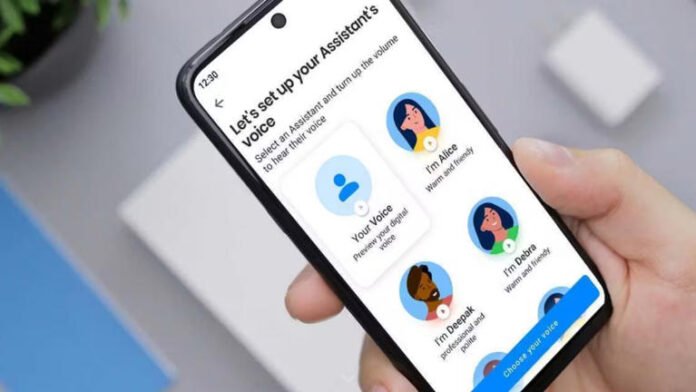Truecaller, the popular caller identification and spam blocking app, has teamed up with Microsoft to revolutionize how users manage their incoming phone calls. Together, they are introducing a cutting-edge feature that allows users to clone their own voices for AI-generated responses to incoming calls. This innovative technology aims to enhance user convenience and personalize the way people handle calls, especially in an era where time management and efficiency are paramount.
The voice cloning feature leverages advanced artificial intelligence and machine learning technologies developed by Microsoft. This collaboration signifies a significant leap in the capabilities of digital communication tools, blending the strengths of Truecaller’s robust caller ID services with Microsoft’s expertise in AI. The process of cloning a user’s voice begins with a simple setup. Users will be required to record a set of phrases and sentences, which the AI will use to analyze and replicate their vocal patterns, tone, and speech nuances. This data is then processed through sophisticated algorithms to create a digital clone of the user’s voice. Once the voice cloning setup is complete, users can customize their responses for different types of calls. For instance, if a user is in a meeting or unable to answer a call, the AI can pick up and provide a personalized message in the user’s own voice. This could range from basic responses like “I’m currently unavailable, please leave a message” to more detailed interactions that can handle frequently asked questions or direct the caller to alternative contact methods.
One of the primary advantages of this technology is the ability to manage time more effectively. Users no longer need to interrupt their work or activities to answer calls. The AI can take care of routine inquiries, allowing users to focus on more critical tasks. Unlike generic voicemail or automated responses, the AI-generated responses maintain a personal touch by using the user’s own voice. This can be particularly beneficial for professionals who wish to maintain a personal connection with clients even when they are unavailable. This feature can also assist individuals who may have difficulty speaking due to health conditions. They can communicate through their cloned voice, ensuring their messages are delivered clearly and personally. Truecaller’s existing capabilities in spam detection are enhanced by this feature. Not only can the AI identify spam calls, but it can also handle them with predefined responses, reducing the nuisance of persistent spam callers.
Given the sensitive nature of voice data, privacy and security are of paramount importance. Truecaller and Microsoft have emphasized that the voice recordings and AI-generated models will be stored securely and used solely for the purpose of enhancing the call response feature. Users will have full control over their data, with options to delete or modify their voice recordings at any time. The integration of AI voice cloning into Truecaller’s services marks the beginning of a new era in digital communication. As AI technologies continue to evolve, the potential applications for personalized voice interactions are vast. Future updates could include more sophisticated conversational abilities, allowing the AI to handle more complex dialogues and provide even more seamless user experiences.
This partnership between Truecaller and Microsoft highlights the growing trend of integrating AI into everyday tools to improve functionality and user satisfaction. It showcases how technology can be harnessed to solve practical problems, making daily tasks more manageable and efficient. In conclusion, the collaboration between Truecaller and Microsoft to introduce AI voice cloning for call responses is set to transform how we handle phone calls. By providing a personal touch through advanced AI, this feature promises to enhance productivity, personalization, and accessibility. As it rolls out, it will be interesting to see how users adopt and adapt to this innovative technology, potentially setting a new standard for digital communication in the future.

